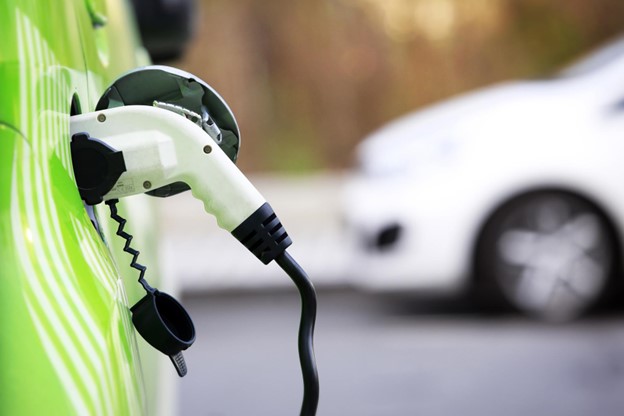Electric Vehicle (EV) charging stations, otherwise known as EV supply equipment (EVSE), are a critical provision in the EV market, feeding electrical energy to these eco-friendly cars. As EVs become increasingly popular in response to global sustainability drives, the relevance of EV charging stations has grown tremendously. This article provides a comprehensive guide to testing these stations’ functionality following installation, significantly enhancing their reliability and durability. Now, hold tight and prepare to navigate the subsequent sections detailing essential knowledge on the working of these stations, pre-testing checks, testing steps, troubleshooting, and regular maintenance.
Understanding Basic Functions of Electric Vehicle Charging Stations
EV charging stations range from Level 1, Level 2, to DC Fast charge, each varying in charging speed and power input features. While Level 1 uses standard household outlets, Level 2 and DC Fast Charge require dedicated circuitry and connector types. Regardless of the type, these stations convert AC power to DC, making it usable by the vehicle’s battery. Given their integral role, it’s vital to verify their functionality frequently.
Pre-Testing Checks: Things to Look For
Before testing functionality, make sure to inspect the station physically. Check for wear and tear or disruption in physical integrity. Up next, look at the configuration settings. Are they correct? Then, examine the electrical connections for safety and performance. Lastly, ensure the station’s firmware is updated, maintaining peak performance.
Steps to Test the Functionality of Your Charging Station
To conduct a functionality test, you’ll need a load bank, multimeter, and portable ground fault circuit interrupter (GFCI) tester. Begin by inspecting the plug and cord, testing voltage output using a multimeter, and checking the GFCI with a portable tester. Document the test results diligently for future reference and ongoing management.
Common Issues and Troubleshooting Tips
Frequent charging issues can arise from firmware glitches, connection problems, or physical damages. Troubleshooting these issues typically involves resetting the station, checking connections, or seeking professional help. Contact a trusted electrician for EV charging advice if you’re unsure about handling the issue. Implementing preventative measures can protect your station from recurring issues.
Regular Maintenance: Ensuring the Optimal Performance of Your Charging Station
Scheduled maintenance is pivotal in ensuring the charging station’s longevity. Owners can periodically clean and inspect their units. In contrast, more complex tasks like internal electrical inspections require professional electricians. Factors influencing the frequency of maintenance include the charger type, usage intensity, and environmental conditions.
In closing, a properly functioning EV charging station is vital for an efficient and reliable EV experience. With regular checks, comprehensive functionality tests, and preventative maintenance, owners can ensure their station’s optimal performance. Remember, understanding and maintaining your EV charging station is not only beneficial but sustainable for the future of our planet.
